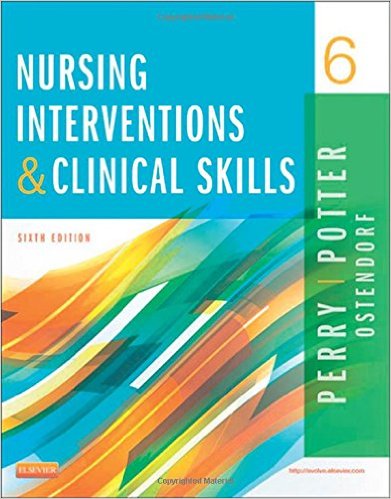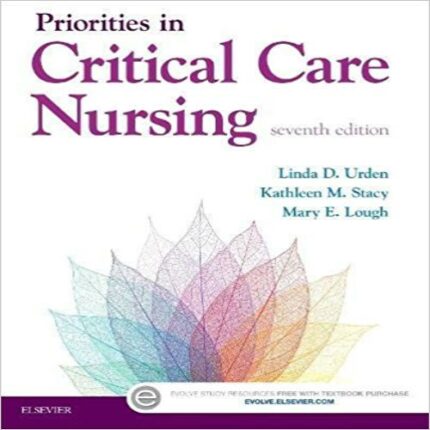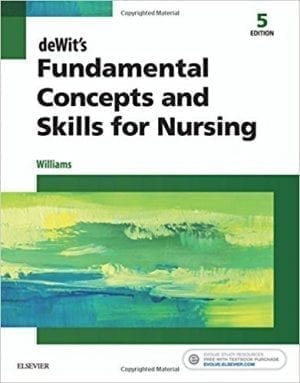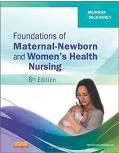Nursing Leadership and Management Canadian Edition by Alice Gaudine – Test Bank
Do you need test banks fast? eTestBank.net is the best test bank website for you! Download your test bank right after you pay. No waiting!
Why eTestBank.net is Great:
✅ Instant Download:
Get your test bank right away after payment.
✅ Unlimited Downloads:
Download your test bank anytime and as many times as you want.
✅ 24/7 Live Help:
We are here to help you all day, every day.
✅ Guaranteed Delivery:
If you don’t get the download right away, we will send it to you in 3 to 6 hours.
How to Get Your Test Bank:
- Pick Your Test Bank: Choose from many test banks.
- Pay Safely: Pay securely on eTestBank.net.
- Download Instantly: Get your test bank immediately after payment.
- Download Anytime: Unlimited downloads whenever you need them.
Need Help? Contact Us:
📧 Email: [Support@etestbank.net]
📱 WhatsApp: [https://wa.me/message/MC222DLQ4GDXL1r]
Didn’t Get Your Download?
Don’t worry! If you don’t get the file right away, we’ll send it to you in 3 to 6 hours. Need it sooner? Contact us by email or WhatsApp.
💡 Buy now from eTestBank.net for instant downloads, unlimited access, and 24/7 support—get your test bank today!
Multiple Choice Questions
1) The theory used to explain how innovation is adopted within a population depends upon __________.
a. compatibility
b. connectivity
c. complacency
d. continuance
Answer: a
Rationale for correct answer:
- Correct: Diffusion of innovations theory is a marketing theory that was developed to explain how an innovation was adopted throughout a population. According to this theory, innovation depends on five features: relative change, compatibility, complexity, trialability, and observability.
- Incorrect: This is not included in the five features of Diffusion of Innovations theory.
- Incorrect: This is not included in the five features of Diffusion of Innovations theory.
- Incorrect: This is not included in the five features of Diffusion of Innovations theory.
Client need per NCLEX: safe and effective care environment
Integrated Nursing Process: Assessment, Diagnosis, Planning, Implementation, Evaluation
Objective: 1—Analyze how change theories could be used to guide planned change in health care settings
2) Eliminating the obstacles to change, adjusting systems, and encouraging risk taking represent which part of the change process?
a. planning for and creating short-term wins
b. institutionalizing new approaches
c. creating a vision
d. empowering others to act on the vision
Answer: d
Rationale for correct answer:
- Incorrect: This phase within Kotter’s “Eight-Stage Change Process” includes planning for visible performance improvements, creating those improvements and recognizing and rewarding employees involved in the improvements.
- Incorrect: This phase within Kotter’s “Eight-Stage Change Process” includes articulating the connections between the new behaviours and corporate success, and developing the means to ensure leadership development and succession.
- Incorrect: This phase within Kotter’s “Eight-Stage Change Process” includes creating a vision to help direct the change effort and developing strategies for achieving that vision.
- Correct: Within Kotter’s “Eight-Stage Change Process,” stage 5, empowering others to act on a vision, includes getting rid of obstacles to change; changing systems or structures that seriously undermine the vision; and encouraging risk-taking and non-traditional ideas, activities, and actions.
Client need per NCLEX: safe and effective care environment, psychological integrity
Integrated Nursing Process: Planning, Implementation, Evaluation
Objective: 1—Analyze how change theories could be used to guide planned change in health care settings
3) The medical-surgical unit in the local hospital has implemented a new closed drainage suction dressing for wound care. The staff are resistant to this new equipment. What may be one of the reasons for their resistance to the new method of wound care?
a. They know that there is a need for change.
b. They believe that they may not be able to do the things now required of them.
c. They received an in-service that prepared them to use the equipment.
d. Previous practices were acknowledged as having been well done.
Answer: b
Rationale for correct answer:
- Incorrect: This is a reason for accepting change, not resisting it.
- Correct: Austin and Claassen (2008) identified six potential reasons for resistance to change in the workplace: 1) fear that employees may be unable to perform well; 2) belief that they may not be able to do things now required; 3) sense of loss experienced about the former way of doing things; 4) perception that this means previous practices were not good; 5) not understanding or knowing how to do things differently; and 6) not understanding the need for change.
- Incorrect: This is a reason for accepting change, not resisting it.
- Incorrect: This is a reason for accepting change, not resisting it.
Client needs per NCLEX: safe and effective care environment, psychological integrity
Integrated Nursing Process: Assessment, Diagnosis, Planning, Implementation, Evaluation
Objective: 2—Discuss how employees might respond to change and how resistance to change may be lessened.
4) The medical-surgical unit in the local hospital has implemented a new closed drainage suction dressing for wound care. The staff are resistant to this new equipment. How might the nurse manager or nurse educator on the unit assist the staff to lessen their resistance to the change?
a. discourage discussion of their feelings toward the change
b. present the change as a continuation of their previous practice
c. explain that previous practices were deficient
d. ignore any negative comments about the change
Answer: b
The rationale for the correct answer:
- Incorrect: This would increase employee resistance to change.
- Correct: Austin and Claassen (2008) note, “If the change is presented as a continuation of previous practice, the resistance can be decreased.” This can prevent employees from feeling bad about their former practices and also increase their confidence that they can do things differently because the new ways have something in common with the old ways.
- Incorrect: This would increase employee resistance to change.
- Incorrect: This would increase employee resistance to change.
Client needs per NCLEX: safe and effective care environment, psychological integrity
Integrated Nursing Process: Planning, Implementation, Evaluation
Objective: 2—Discuss how employees might respond to change and how resistance to change may be lessened.
5) __________ is an emerging area of research that is largely invisible, has an impact on outcomes and is socially constructed.
a. Organizational identity
b. Organizational culture
c. Organizational competence
d. Organizational change
Answer: b
The rationale for the correct answer:
- Incorrect: This is not an emerging area of research about organizational culture and climate.
- Correct: According to Bellot (2011), organizational culture is an emerging area of research that exists but is largely invisible, has an impact on outcomes, and is “socially constructed” because it is based on the shared experiences of its members.
- Incorrect: This is not an emerging area of research about organizational culture and climate.
- Incorrect: This is not an emerging area of research about organizational culture and climate.
Client need per NCLEX: safe and effective care environment
Integrated Nursing Process: Assessment
Objective: 3—Define organizational culture and discuss aspects of the culture of an organization where you have worked











